We had a chat in the lounge the other night which raised some buzz about wild bees. In BC we have Blue Orchard Mason bees (Osmia lignaria) which emerge before the honeybees (Apis mellifera) and do faultless work in the apple trees. They don’t make honey for us, but we need them for pollinating our fruits and flowers so there’s a lot of interest nowadays in making them welcome by building them little homes. These can be made out of scrap lumber, rolls of paper or slatted extravagences.
These bees are subject to mites – not the varroas that imperil honeybee populations worldwide, but other varieties, so the houses should be cleaned (I heard that you can soak them in bleach solution, or if they’re made out of scrap lumber you could burn them at the end of the season and make new ones).
We also get visits from leaf cutter bees (Megachile perihirta) who decorate our rose leaves with nice round holes, and in return pollinate all kinds of things.
Here on the prairies, apples bloom and honeybees buzz at closer times on the growing calendar, so that’s why prairie honeybees can make apple blossom honey and layabout coastal bees can’t.
And there’s another bee, a relative of the Blue Orchard bee, the Alfalfa leaf cutter bee (known as ALB, or in Latin, megachile rotundata), which is prized – and bred – in these parts to pollinate alfalfa. Alfalfa is tricky for honeybees to pollinate, our bee-breeding writer colleague told us, because it’s a long way into the stamens, and they’re apt to lose the pollen on their way out. The leaf cutter, though, is a hard little nipper and can do a much more efficient job.
The world is struggling to maintain its population of wild bees as much as its honeybees; and much the same culprits are killing off both populations: urbanization/loss of habitat, pollution, pesticide use, and mites. In our relatively sparsely populated country we are lagging behind the losses, mercifully, and maybe temporarily; so the bee breeders in Canada sell a lot of bees to our neighbours to the south. We can all help in our small ways by building bee houses and cultivating bee-friendly plants. And holding off on the pesticides!
While you’re at it, if you belong to an organization that might be relevant, you can join the campaign to support the Saskatchewan Organic Directorate‘s Organic Agriculture Protection Fund, to let the Canadian Food Inspection Agency know you want Canada to withdraw its approval of Monsanto’s GE Alfalfa. This substance was approved in Canada in 2004, and in the US in 2005, but in 2007 an American federal court found that the US Department of Agriculture’s approval of the crop was illegal on the grounds that it lacked a thorough Environment Impact Assessment, a decision affirmed last September and a national ban (in the US) was upheld. Because alfalfa is at the bottom of our food chain – essential for crop rotation and animal feed – cross contamination would bring our organic farming business to its knees and would contaminate just about every animal product we eat. Because we lack labelling for GM products, we wouldn’t know anyway. The SOD campaign deadline for supporting groups is February 28, 2009.

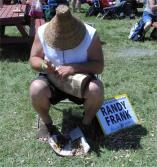
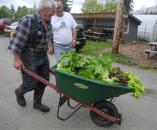
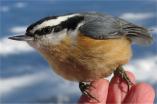
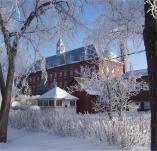
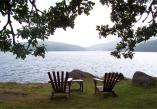
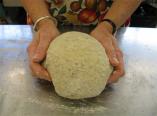

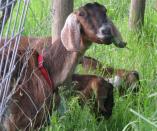
0 Responses to Wild bees and alfalfa